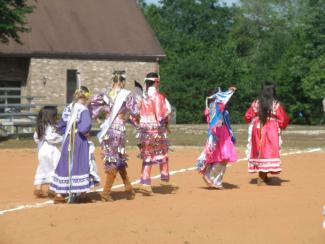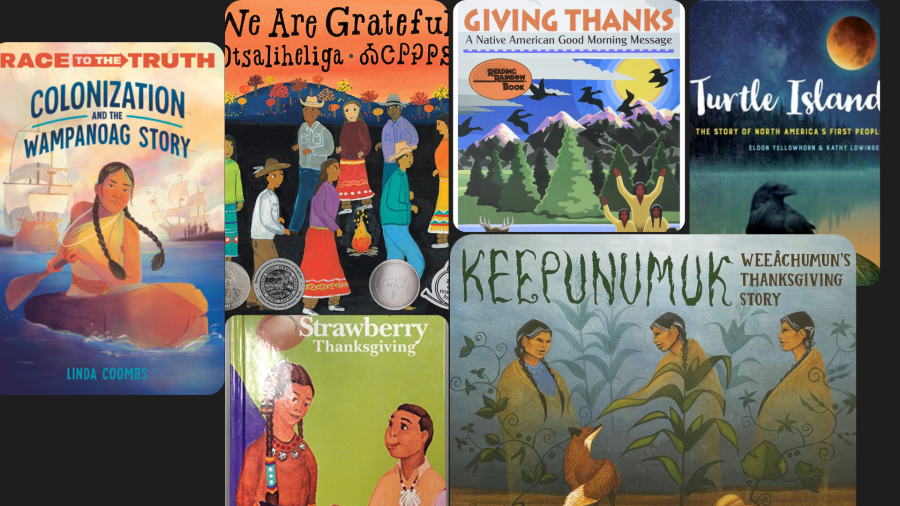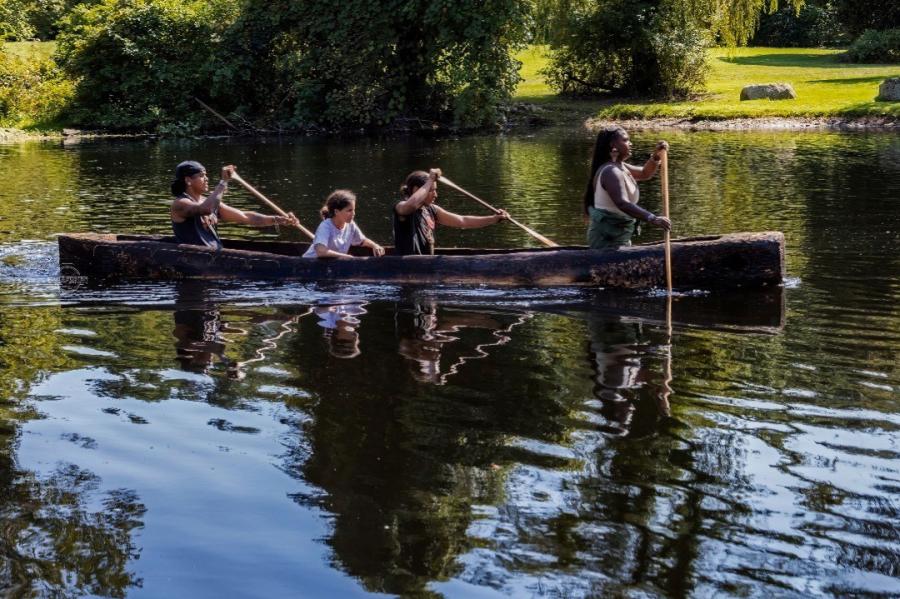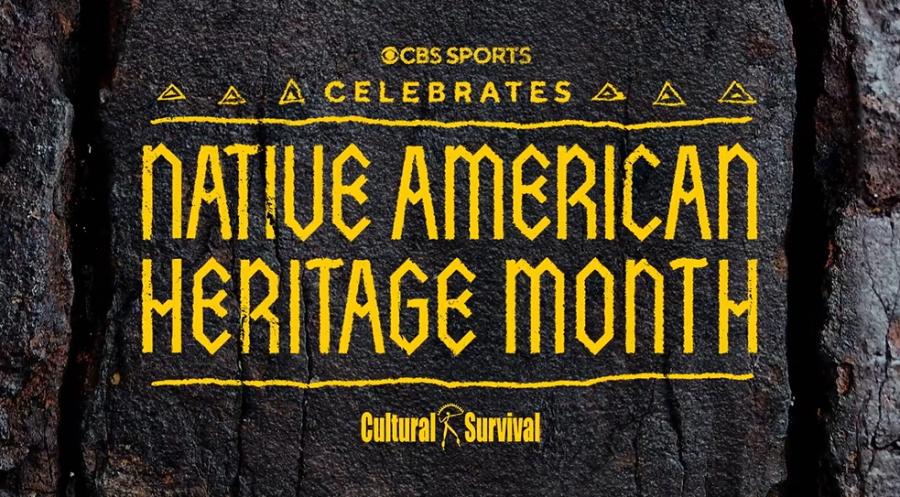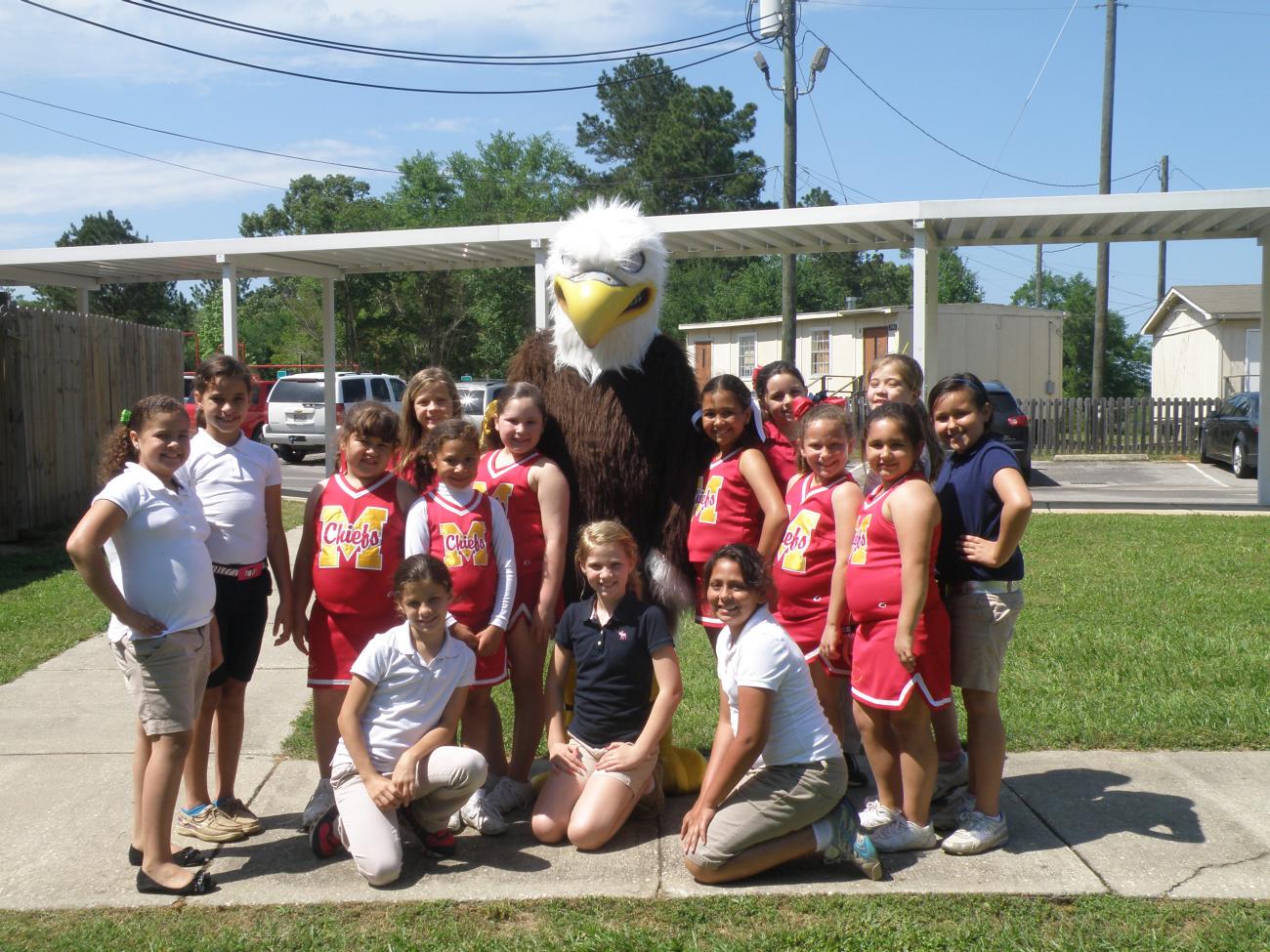
By Meg Holladay
In 2001, change came to Calcedeaver Elementary School. The school, in Mount Vernon, Alabama, serves mainly Choctaw students from a neighboring reservation. Largely because of the area’s poverty, it was among the worst schools in the state. But eleven years ago, a new principal introduced a Choctaw language and culture program, and in five years, the school became one of Alabama’s best. Many of the students had not known they were Choctaw, they gained pride, motivation and a strong sense of identity. Cultural Survival Quarterly told this story in 2007. Five years later, we contacted the school again.
I talked to two staff members at Calcedeaver, Nicole Williams and Heather Snow, and the current principal, Susan Jill Dickinson, and found that despite some new hardships, the school’s impact on the community is growing. Calcedeaver’s resources have been drastically cut, but in the last five years the students’ cultural pride has become a given, at school and at home. The school now supports Choctaw students through high school, reminding them of who they are and making sure they graduate. Five years ago, we quoted the school’s coach, who praised the new pride he saw in children: “Ten years from now, when these kids are having kids, this whole community will open like a flower.” This flower is already budding.
Most of the students at Calcedeaver belong to the MOWA (Mobile and Washington Counties) Band of Choctaw, who stayed on their land when most of the tribe was deported to Oklahoma in 1830. The MOWA Choctaw had been ignored for years by their non-Native neighbors, and some had hidden their heritage, so when LaGaylis Harbuck became principal in 2001, most of the Choctaw kids at Calcedeaver did not even know they were Choctaw. Harbuck is also MOWA Choctaw, and she was shocked. She hired Williams, who had grown up in the community with a strong sense of her identity, to teach classes in language and culture. The culture classes included dance, history, and traditional crafts. The daily half-hour language classes helped acquaint the children with their Native language, although they weren’t enough to make them fluent. Snow, the librarian, also a MOWA Choctaw, helped students use the library to learn about their history and culture.
When I asked Williams whether some students still come to school without a sense of who they are, she laughed. “Oh, that’s not even an issue anymore.”
A few years ago, she told me, most of the Choctaw students’ parents identified them as white on school forms. They felt that this would help their children not to be singled out. “I would have to ask them to change their kids’ race to Native American,” Williams said. But today, largely because of the school’s work with children, it is “instilled in the community to be proud of who you are.” This is new since five years ago. For the first time, four-year-olds come to preschool knowing they’re Choctaw. “We run with that,” Williams said. “If you know who you are, you are unstoppable.”
The school tries to maintain students’ sense of Choctaw identity as they go on to middle and high schools with few Native students. In 2007, only an after-school social club existed to ease the difficult transition, but today, Williams spends two days a week with Calcedeaver graduates at these schools. She helps and pushes them to keep their grades up and graduate. She also reminds them “where they belong”: at Calcedeaver and in the MOWA Choctaw community. Williams says the high-schoolers still greet her in the Choctaw language. She recently gathered them for a presentation to tell them why she was there at their school: “Because I love you.”
“They said, ‘We love you too,’” she said.
Back at Calcedeaver, students feel that they can and must succeed. Every year, the high school seniors go back to their elementary school and tell the sixth-graders what they want to do with their lives. In the last three years, all but one of the former Calcedeaver students graduated on time. The one who did not is getting her GED. More students go on to college, and one year, both the valedictorian and the salutatorian at the high school were Choctaw.
Calcedeaver’s language and culture program had relied on federal grants for funding, but in the last five years the Office of Indian Education has restricted its grants to purely “academic” programs. For several years in a row, the office requested changes to Calcedeaver’s applications, until the school changed them to focus less on cultural education. Meanwhile, state education cuts have shrunk the school’s budget by $21,000 since 2007 and forced it to let a dozen people go. But teachers say they have found creative ways to keep giving kids the language and culture education they need. When culture classes became less frequent, Williams moved the Choctaw dance lessons to P.E. The P.E. teacher, Scott Mason, who is of Choctaw descent from Mississippi, teaches stickball, a traditional form of lacrosse. An after-school traditional dance club includes half the student body, and every November the school has a culture festival and powwow for the community. And although Dickinson, the principal, is not Native, she supports the school culture program and is deeply involved in the community. Williams says that “home is here for [Dickinson and] she loves the kids for who they are.”
Last year, the school won the prestigious Dispelling the Myth award, given to poor schools with excellent academics by the Education Trust, which works to improve education for low-income students. The Calcedeaver staff has been invited to give a presentation at the organization’s national conference this fall.
The school is also receiving long-overdue improvements to its facilities. In a video and essay contest run by the Henkel Corporation, which makes cleaning products, it won the funds to build its first-ever baseball diamond and running track. Calcedeaver named the diamond HamAiya Iska Alhila, “Community Diamond” in Choctaw, and compared it to the diamond trim of traditional Choctaw dresses. And the local school board recently voted to replace the dilapidated Calcedeaver building, which floods whenever it rains. The school will move down the road, but its old grounds, with the diamond and an exhibit of traditional Native American houses, will remain for students and the community.
Now that cultural pride is firmly in place, the school has been able to balance culture classes with formal academics, which teachers agree are just as important for their students’ futures. Snow said that since “the pride is there [as] the base,” the library has moved beyond a Choctaw focus. The kids, she said, are reading more.
Williams agreed that the school no longer needs to actively promote Choctaw culture. The success of the dance program shows students’ and parents’ comfortable pride in their Choctaw identity. “[Before each school year,] parents say ‘Make sure my child is on the list for [dance] regalia,” Williams said. “It’s part of everyday life.”
